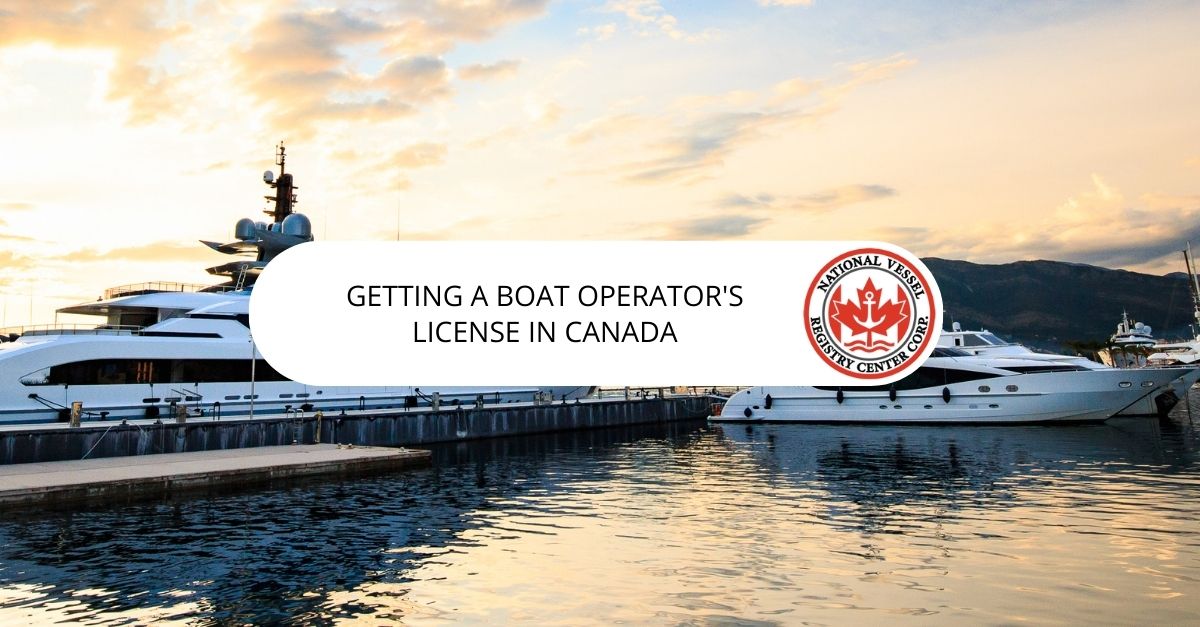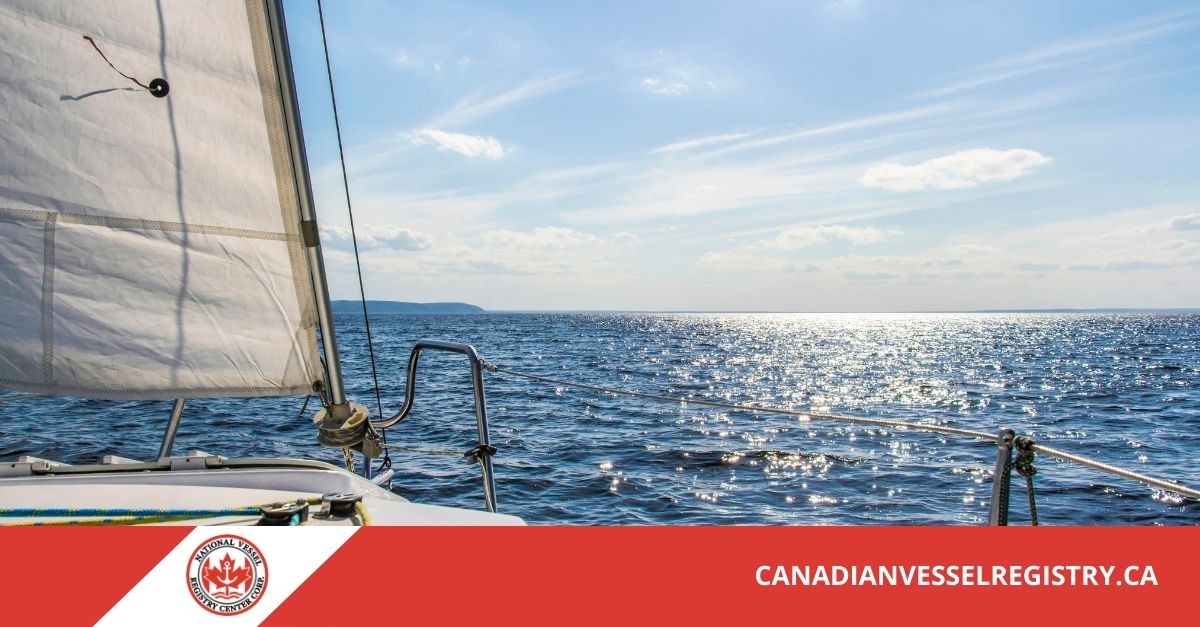If you are thinking about finally taking the plunge and buying a boat of your own, you are probably experiencing some excitement. You can hardly be blamed, if so–with a boat all your own, you have the freedom to head out and cruise the lake as much as you like. With this new pastime, you can also make lasting memories with your friends and family, whether you enjoy fishing, water sports, or just plain old sightseeing. While a boat is a great way to unlock hours of leisure, it also comes with a fair amount of responsibility. Even small, modest boats can be somewhat dangerous when operated incorrectly. With that said, you owe it to yourself to learn how to operate your watercraft in a safe and responsible manner. One way that you can ensure this is by acquiring a boat operator’s license, which is technically referred to as a pleasure craft operator card (PCOC), and is issued by Transport Canada.
Operating a motorized vessel is, in many ways, similar to driving a motor vehicle. Both are driven by engines with controllable speeds and when not handled properly, they can become unwieldy and dangerous. So, with that in mind, it makes sense that you would need a document that is similar to a driver’s license in order to operate certain types of motorized vessels. Getting a PCOC will call for taking a brief educational course where you will gain a thorough understanding of safe nautical navigation. At the end of this course, you will then take an exam that covers some basic safety principles. Once you pass this test, Transport Canada will issue you a PCOC and you are free to untie from the dock. You may find, however, that your vessel requires some additional documentation–read on to learn more.
Documents Beyond the Boat Operator’s License
While your PCOC applies to you as an individual, Transport Canada may require certain types of documentation for your vessel itself. For example, any boat with an engine of 7.5 kW (10 horsepower) or more will require a pleasure craft license (PCL). A PCL will give your boat a registration number which must be displayed on both sides of the bow in characters of at least three inches in height.
If you plan to use your boat for any sort of commercial purpose, or if it is financed with a marine mortgage, you will need to apply for a vessel registration. This will also hold true if you plan to take your vessel on international waters while flying the Canadian flag. With a vessel registration, your boat will be assigned a completely unique official name of your choosing, which will be used as your vessel’s primary mode of identification.
Get Your Documents Online with Our Help
We can help you get the vessel documentation that you need online. Take a few minutes and explore our navigation menu and get a sense of our easy-to-fill online forms. If you would like to learn more, feel free to visit our helpful Frequently Asked Questions page.


